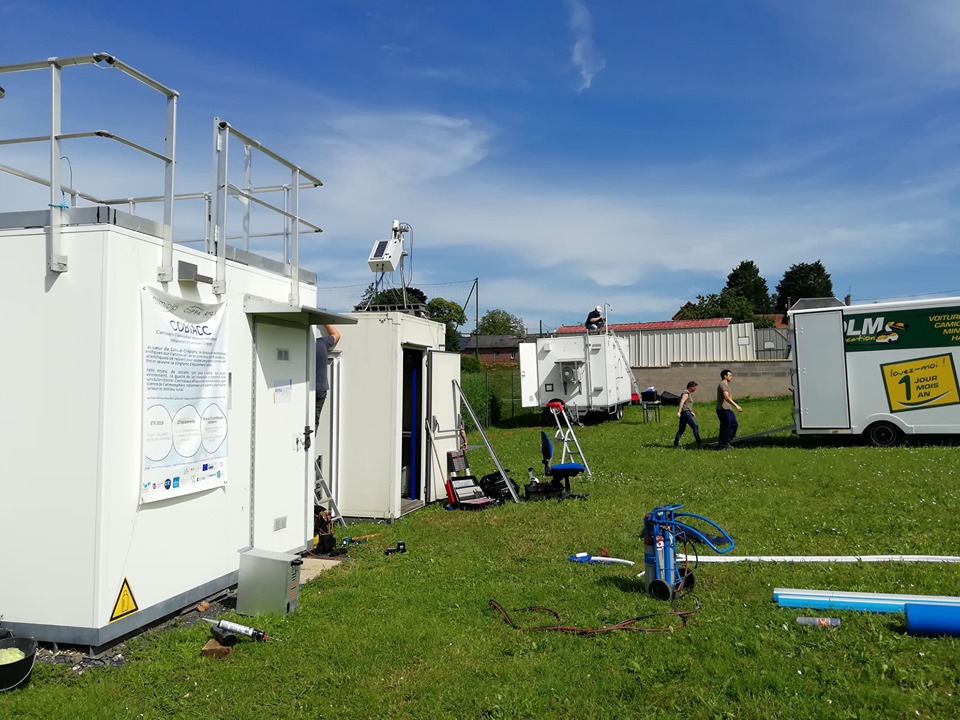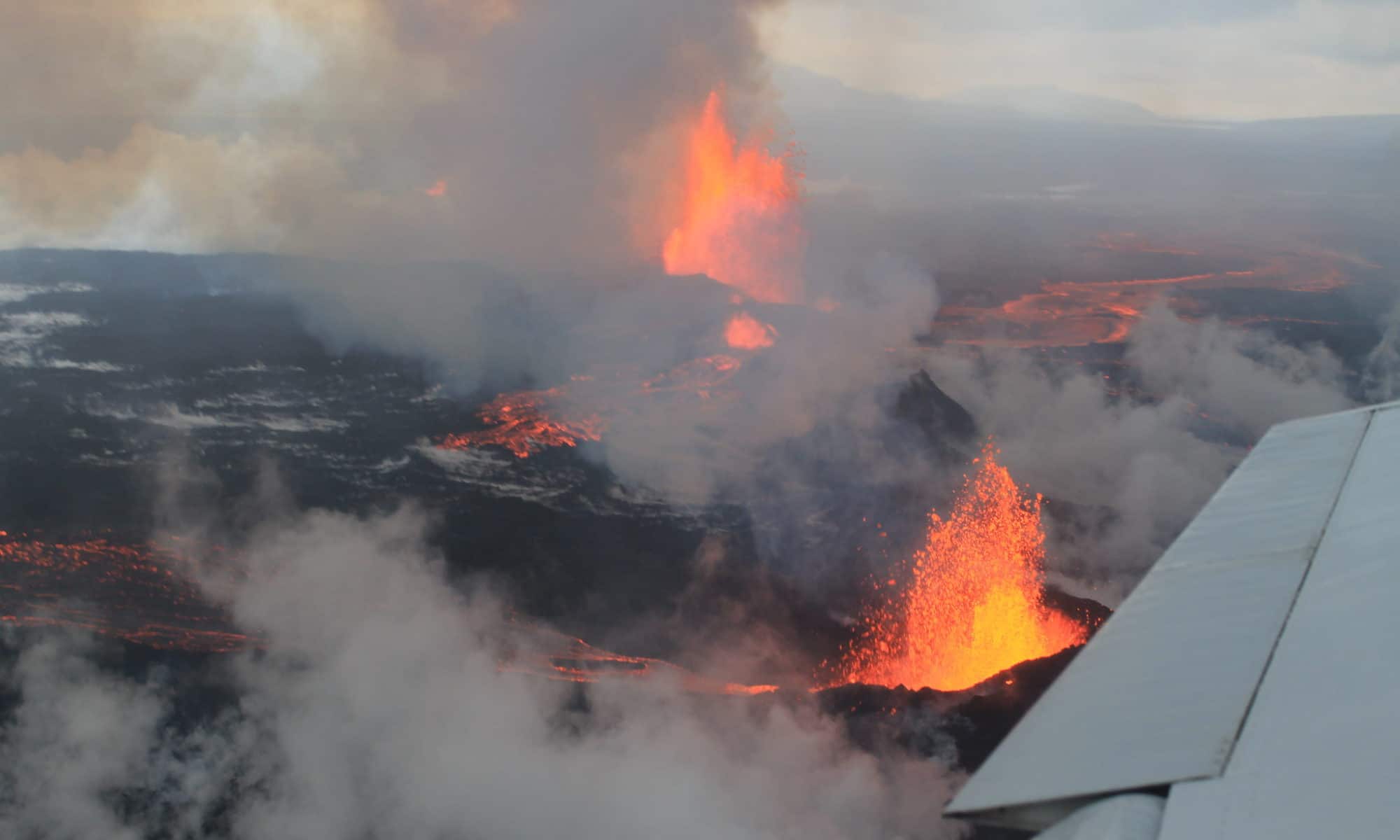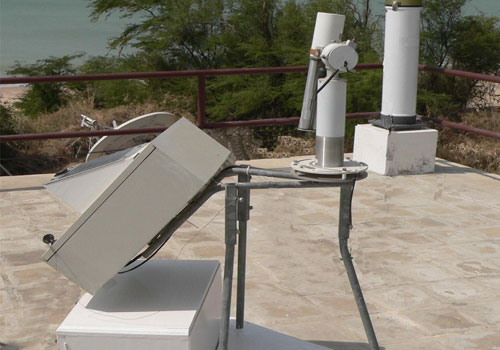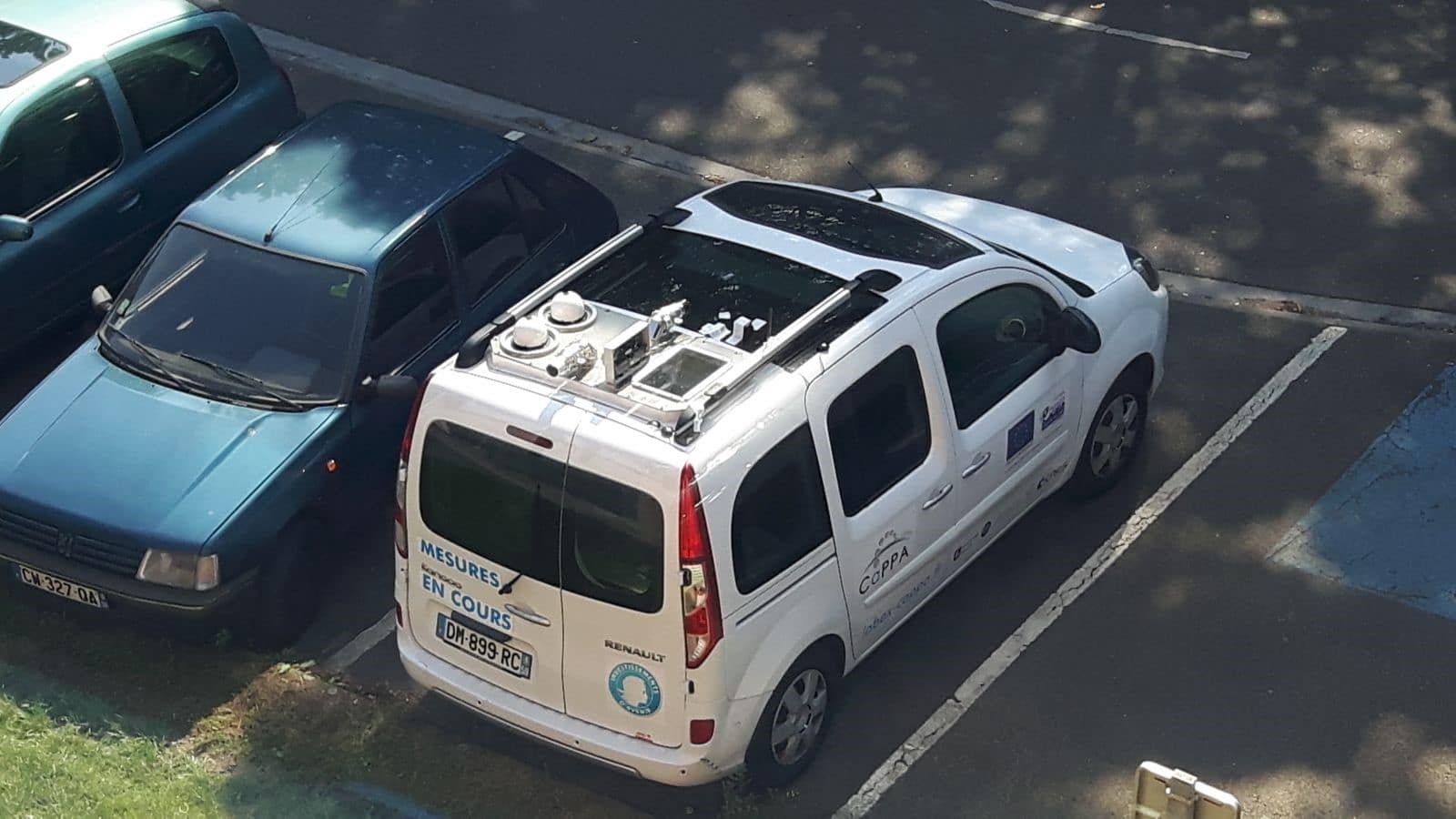Sunbelt Spectra comparison with Standard ASTM G173: the Chilean case
December, 2017
Two spectra of solar direct normal irradiance (including circumsolar) are estimated based on spatio-temporal averages of the relevant atmospheric parameters extracted from two different databases: MODIS satellite sensor retrievals and AERONET sun photometer network. The satellite database is used to calculate an average spectrum for the area of the Atacama Desert. The AERONET database is used for two purposes: (i) to apply bias-removal linear methods to correct the MODIS parameters over Atacama, and (ii) to calculate an average local spectrum for the Paranal station. The SMARTS radiative transfer model is used to obtain the three spectra developed in this study. Both the Atacama and Paranal spectra are compared against each other and also to the world reference, ASTM G173. In one of the cases, significant differences are found for short wavelengths. In order to quantify the relative importance of these spectral differences, the propagation of errors due to the use of each spectrum is evaluated for CSP applications over the Atacama Desert, considering twelve different scenarios involving the reflectance, transmittance or absorptance of various materials.
Citation: Marzo, Aitor & Polo, Jesus & Wilbert, Stefan & Gueymard, Chris & Jessen, Wilko & Ferrada, Pablo & Alonso-Montesinos, Joaquín & Ballestrín, Jesús. (2017). Sunbelt Spectra comparison with Standard ASTM G173: the Chilean case. AIP Conference Proceedings. 2033. 10.1063/1.5067195.
Image source: Pixabay

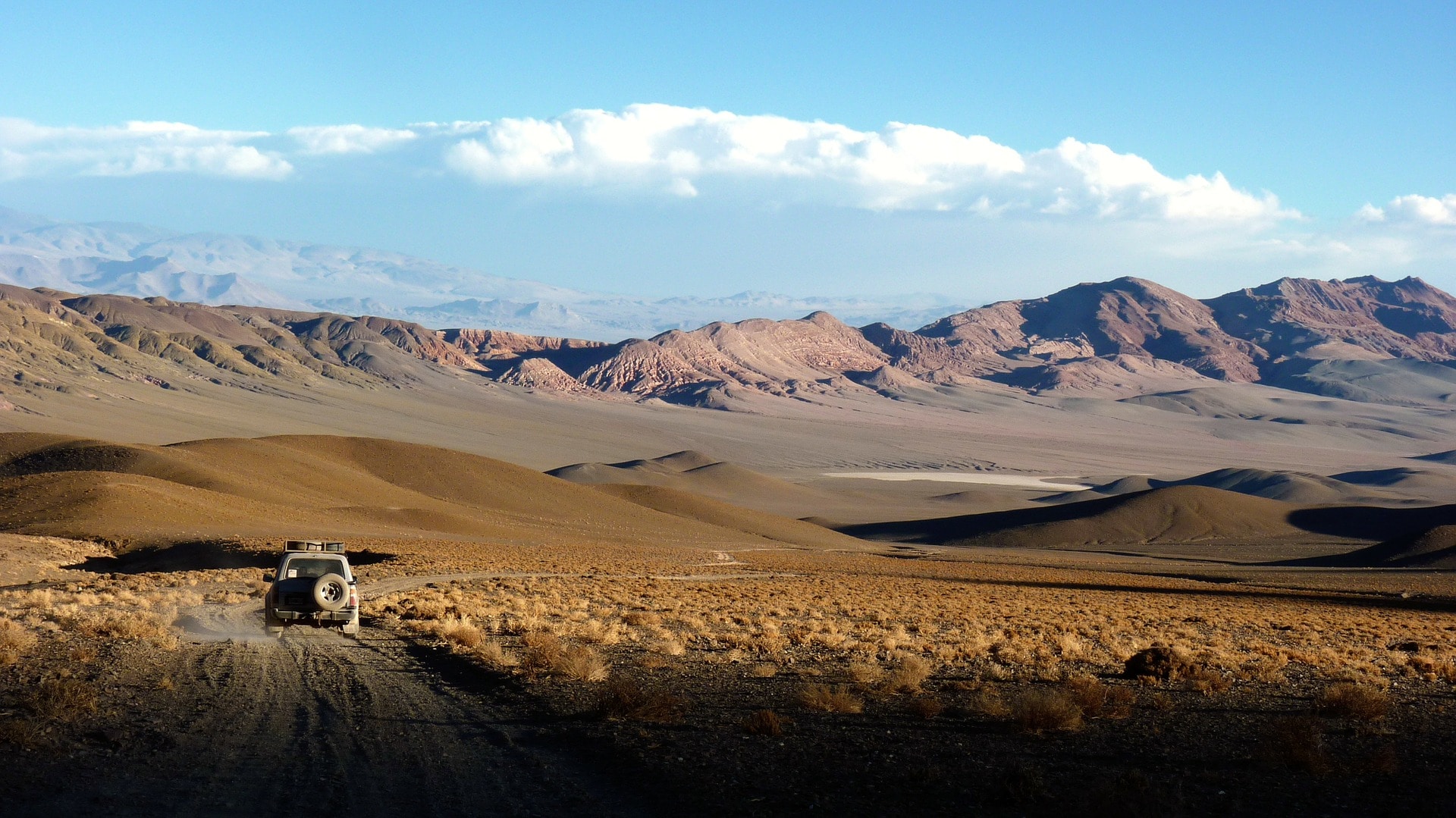
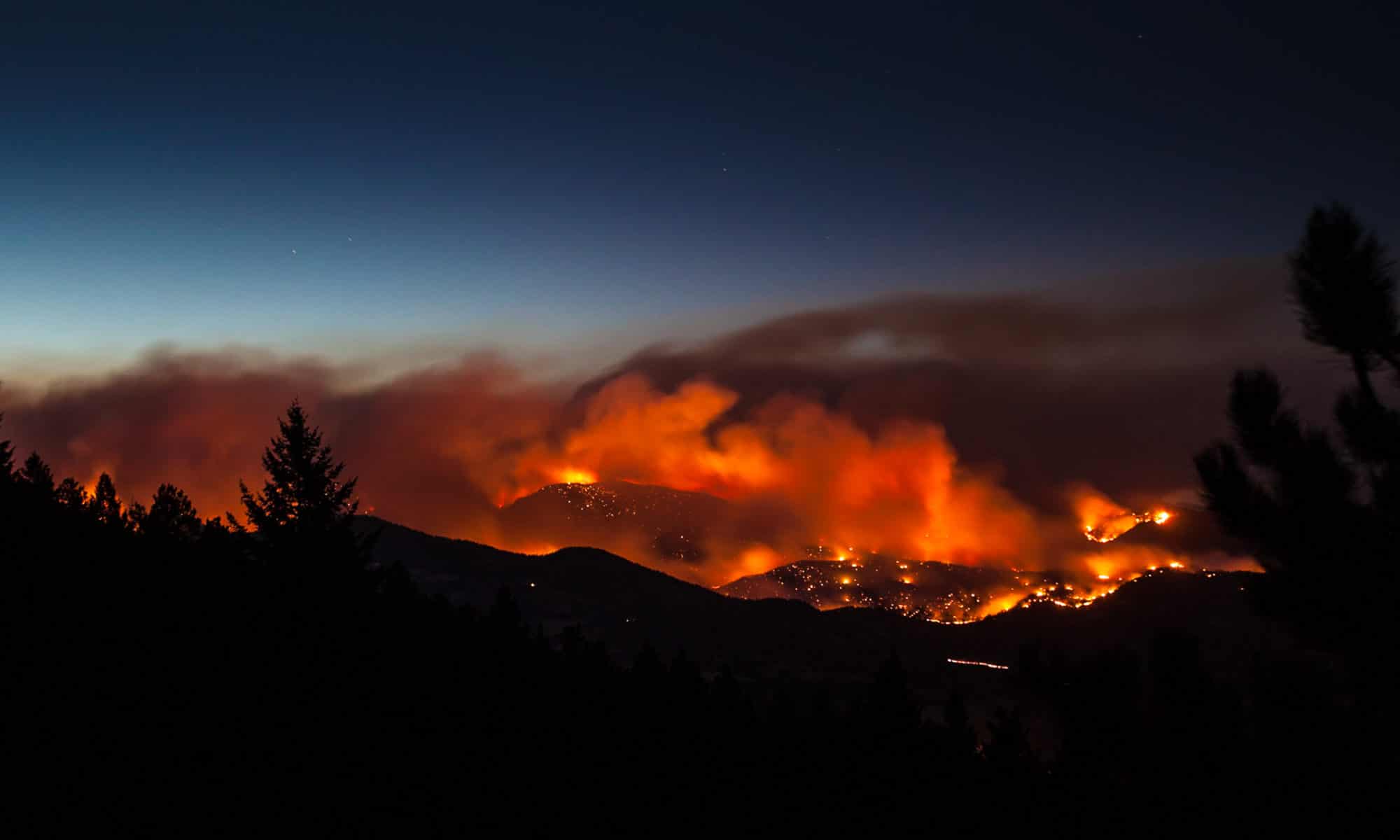
.jpg)
